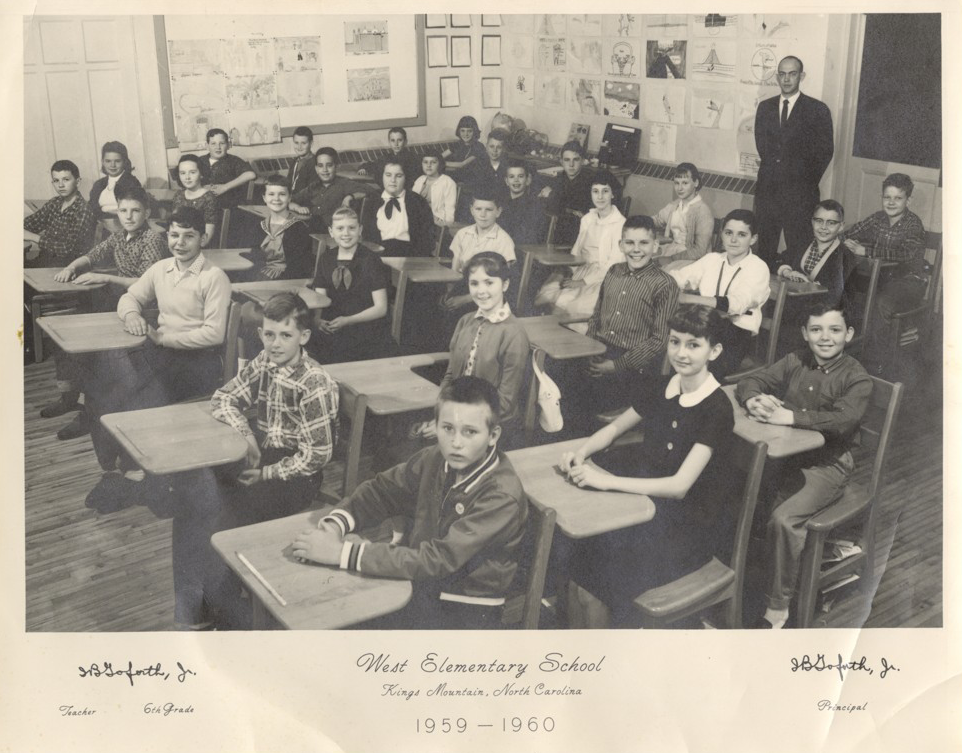
We are very excited to announce that our site has expanded to include four new sets of primary source teaching resources available for any teachers, researchers, or curious explorers to use. Each of these sets focuses on a particular topic in North Carolina history and includes a curated selection of 15-20 primary sources from our 300+ partners around the state. Within each set is a blend of visual materials (photographs, videos), written materials (newspaper articles, speeches, letters), and audio materials (interviews, oral histories) from the DigitalNC collections.
Each set also comes with short context blurbs for each item, as well as general background information, a timeline, a set of discussion questions, and links to genre-specific worksheets (ex. How to Analyze a Newspaper Clipping). While some of these topics are more concentrated in particular regions, our goal is to connect these broad themes in history to local examples that students can recognize. Here’s a look at the four initial primary source sets:
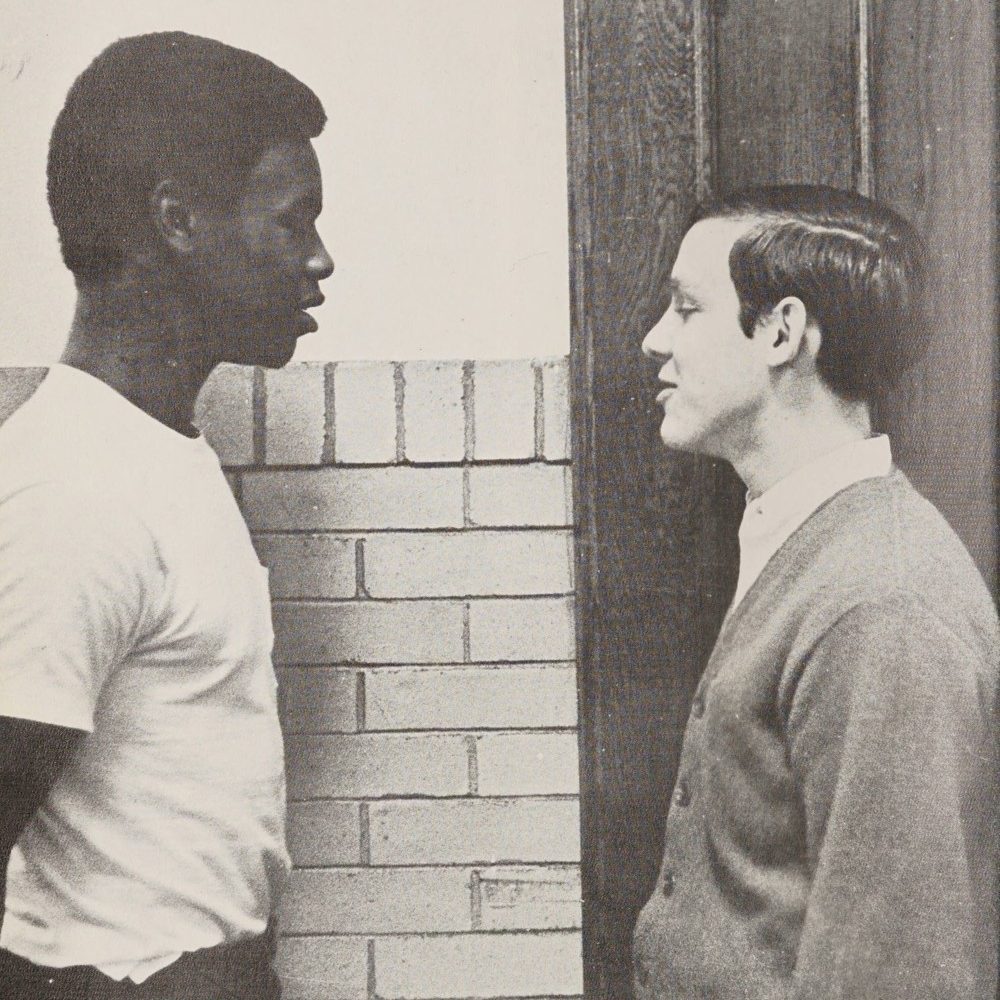
Racial Integration in K-12 Schools
Time period: 1950s-1980s
While you may be familiar with some of the national stories around school integration after Brown v. Board of Education, this teaching set samples North Carolina yearbooks, photographs, newspapers, and oral histories to ground this topic in familiar places. It draws primarily on our collections from historically Black high schools, many of which were closed during this period (though their alumni associations remain strong!). This collection also implements local materials from the Swann v. Charlotte-Mecklenburg Supreme Court case over busing.
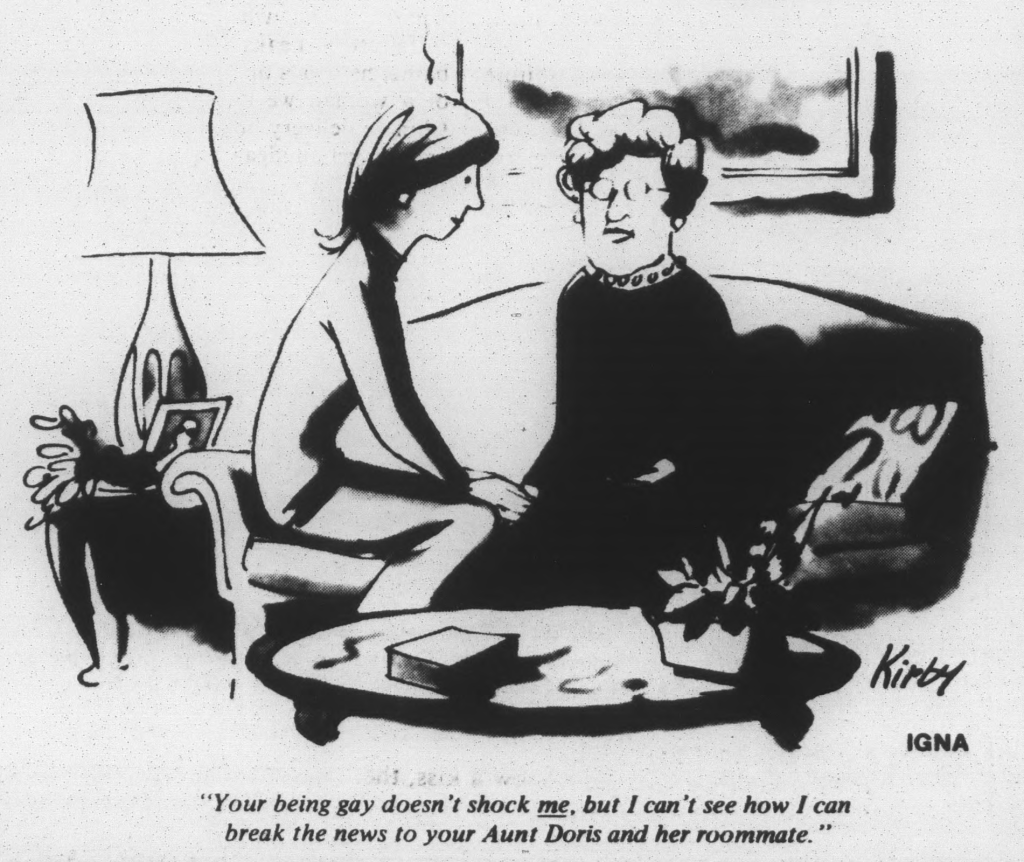
Time period: 20th century
This set was inspired by the popular NCPedia page, “Analyzing Political Cartoons,” which explains some of the strategies for understanding cartoons in their historical context. Here, we’ve selected examples from over a century of newspapers that include topics such as the 1898 Wilmington Coup, women’s suffrage, economics, and a few contemporary political issues. Each example comes with a bit of historical context and some background on the newspaper itself.
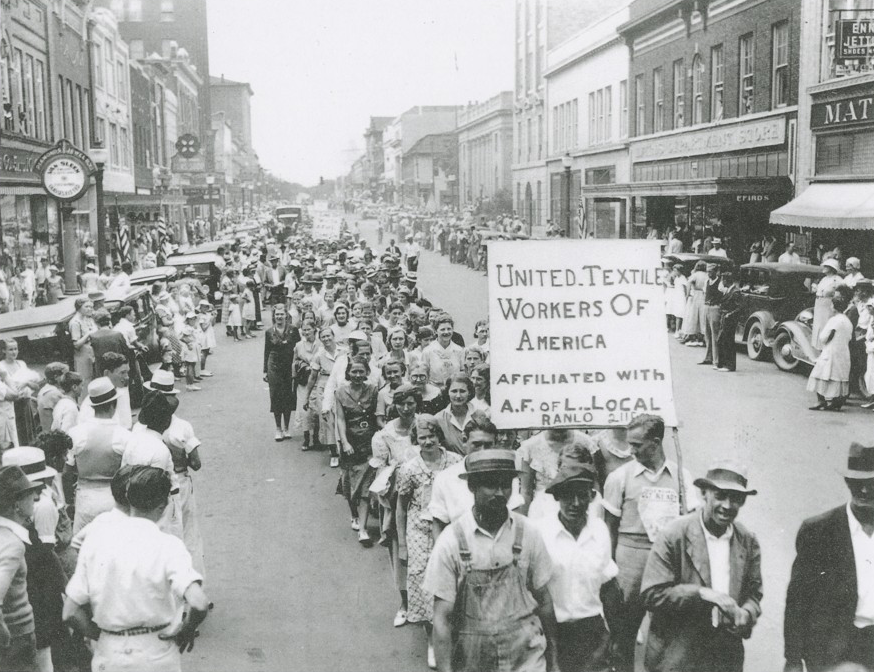
Textile Workers & Labor Movements
Time period: 1920s-30s and 1970s
North Carolina’s history of labor is inextricably tied to the legacy of the textile industry. This set uses photographs, memorabilia, speeches, and newspaper clippings of two famous examples—the Loray Mill strike of 1929 and the activism of Crystal Lee Sutton—to weave together an understanding of North Carolina’s economy and culture through one of its major industries of the 20th century.
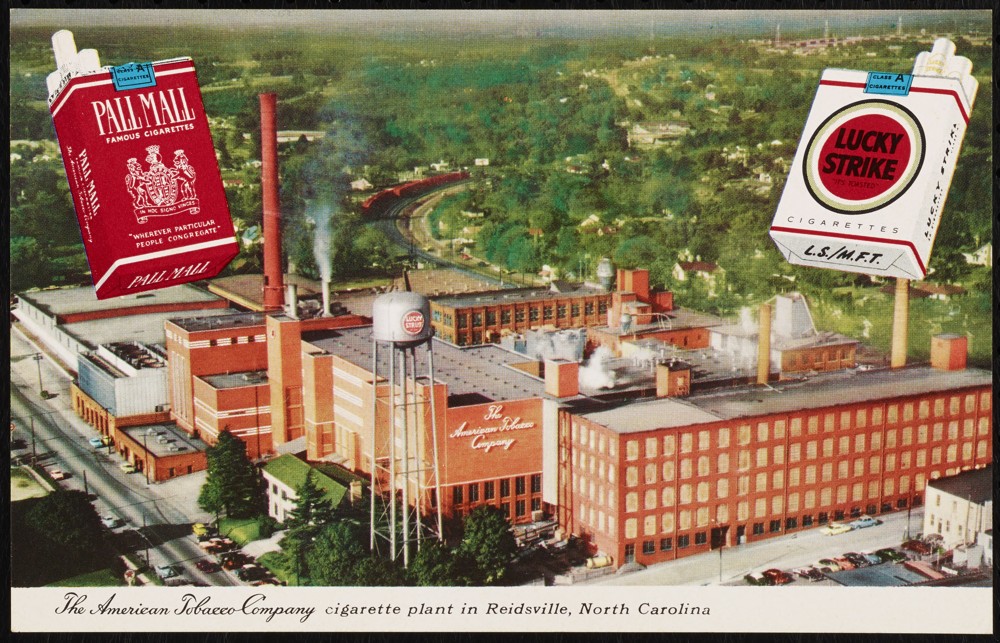
Time period: 20th century
It would be impossible to fully understand the history of North Carolina in the 20th century without talking about the tobacco industry. This set uses photographs, newspapers, videos, and oral histories to explore the lives of tobacco farmers and factory workers as well as the major families who controlled the vast tobacco wealth. Additionally, it includes examples of how the industry affected culture, including a new generation of advertising that attempted to combat public health concerns.
You can explore these four teaching sets for yourself here on our teaching and learning resource page. You can also go directly to our item analysis worksheets here, which include levels for both beginning and advanced learners. If you’d like to give us feedback on these teaching resources, you can contact us here.
